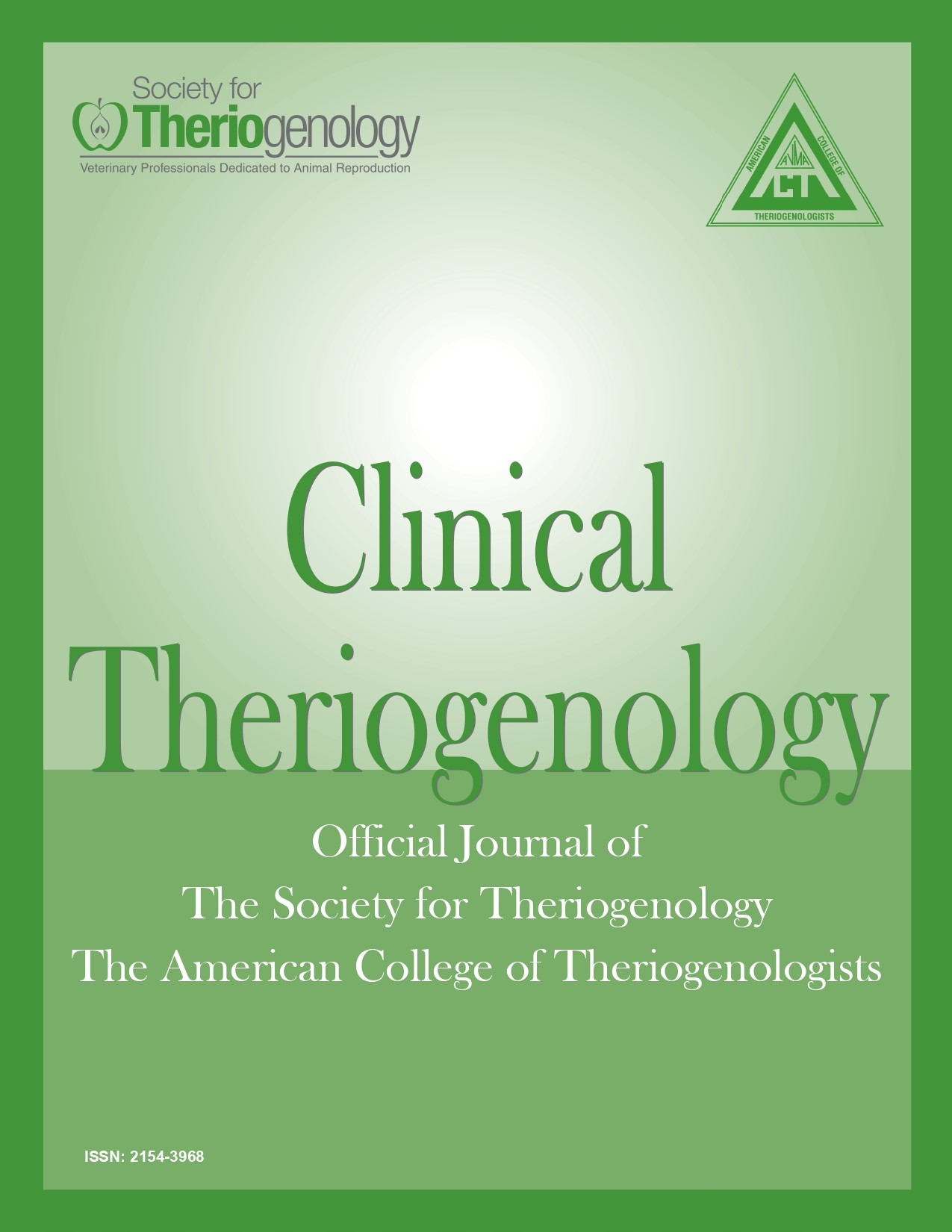Reproductive biology and assisted reproductive technologies in felids
Abstract
Reproductive biology has been thoroughly described in several felid species. Specifically, patterns of ovarian steroid hormones have been
reported for more than half of 39 felids, and it has been observed that there is a high degree in reproductive diversity among species. For
example, although females of most felids are polyestrous with induced ovulation, some species such as the clouded leopard (Neofelis
nebulosa) and fishing cat (Prionailus viverrinus) spontaneously ovulate. To date, assisted reproductive technologies, including sperm
cryopreservation, artificial insemination and in vitro embryo production have been developed in both domestic and wild felids that
result in live offspring. This paper reviews the diversity of reproductive mechanisms and discusses the status of reproductive technologies
that have been applied to wild felid conservation.
Downloads

This work is licensed under a Creative Commons Attribution-NonCommercial 4.0 International License.
Authors retain copyright of their work, with first publication rights granted to Clinical Theriogenology. Read more about copyright and licensing here.





